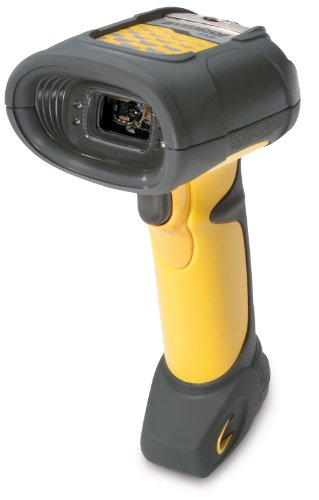The Shopping Cart Quandary
This post originally appeared April 7, 2011 on BetterProjects.net
On a more recent trip to Sam’s I found myself in search of another odd item, a microwave oven. The one I had purchased from another retailer less than two years prior had already died and I had no desire to repeat that poor purchase again. I found a microwave at Sam’s that would fit on my counter and underneath the very low overhead cabinets in my kitchen, put the box in my cart and headed to the front of the store to pay and leave.
 It was a late night at work for me that evening, having been there until nearly 8pm finishing up a project. When I entered the store, there were many registers open and many had no line. There were very few customers in the store with me, but it seems as if my sense of timing is, as always, impeccable. When I made it to the front of the store, there were now only two open registers and about 10 people in each line. I was annoyed, but didn’t have much choice in the matter as leaving and going to another store would only take more time than waiting in the line.
It was a late night at work for me that evening, having been there until nearly 8pm finishing up a project. When I entered the store, there were many registers open and many had no line. There were very few customers in the store with me, but it seems as if my sense of timing is, as always, impeccable. When I made it to the front of the store, there were now only two open registers and about 10 people in each line. I was annoyed, but didn’t have much choice in the matter as leaving and going to another store would only take more time than waiting in the line.While I stood there bored, I remembered a blog post I had recently written about why the checkout line always seems to be so slow. About the time I remembered that post, along comes a store employee with a gadget that is known to retailers everywhere, but this time it was used in a way I did not expect: as a line-buster.
You may not recognize the term line-buster, but I almost guarantee you’ve seen one. Very busy fast food restaurants have been known to place an employee with a tablet PC or handheld device that connects wirelessly to the store point of sale to help place customer orders without the need for yelling into the microphone at the drive-thru. The concept in Sam’s is similar; the employee scanned my membership card and then scanned the barcodes on the items in my cart. When I made it to the cashier, they swiped my membership card, the contents of my cart was priced, I paid for the order and left.
While this was a vast improvement to having a single person both scanning items and accepting payment, I can’t help but wonder if a more efficient process would have been to have the employee with the barcode scanner open up another register and simply process customer’s the ‘old fashioned’ way. Was the barcode scanner really faster in this situation? What feasibility studies were done to prove out this method? What metrics were produced to show that this method really was superior? If it is so much better, why isn’t this the standard method for stores to use? Why not just have a bunch of people with handheld scanners and only a few people taking payment?
What options did the company think about, maybe even form an exploratory committee to review and then toss out instead of this option? Did an alternative come up for using RFID tags? Was a big scale to weigh the cart and then price by the pound/kilo seem just too crazy? What about having one of the industrial barcode scanners that UPS uses in their package sorting facilities that can scan all sides of a box at once?
I haven’t (yet) come up with a better solution than the people at Sam’s Club and I doubt I ever will. They’re smart people and get paid well to think about these kinds of things. Still, it was an amusing way to pass an otherwise mind-numbingly long wait when all I really wanted to do was get out of there and get home.
What kind of tough, non-work problem have you tried to solve recently? Did you make it better or just hurt your brain in the process? Let us know in the comments.
